Home>Home Appliances>Laundry Appliances>How Do I Balance My Washing Machine
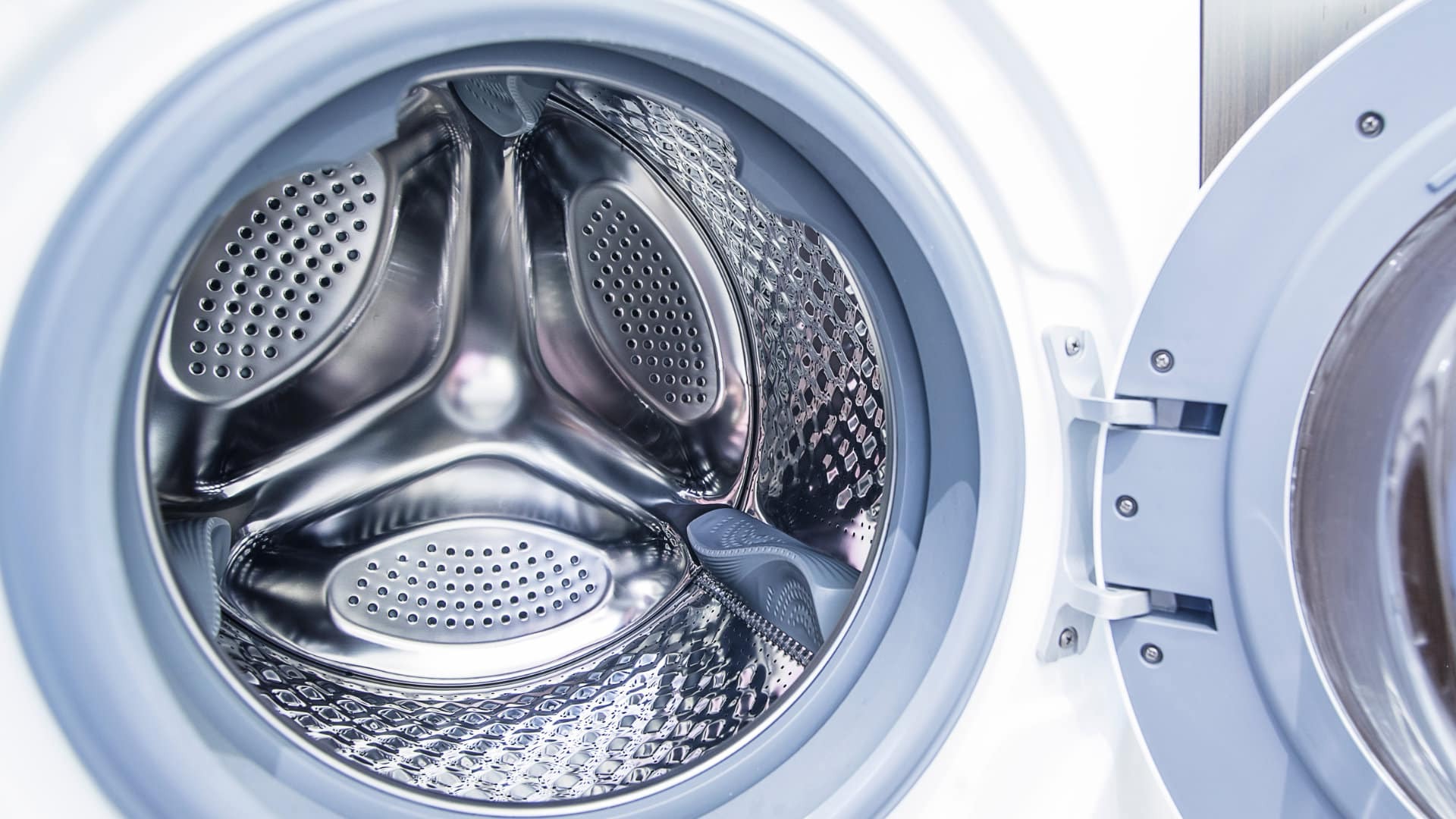

Laundry Appliances
How Do I Balance My Washing Machine
Modified: March 2, 2024
Learn how to balance your laundry appliances with our expert tips. Discover the best methods for stabilizing your washing machine for efficient and effective laundry cycles. Keep your laundry appliances running smoothly with our helpful advice.
(Many of the links in this article redirect to a specific reviewed product. Your purchase of these products through affiliate links helps to generate commission for Storables.com, at no extra cost. Learn more)
Understanding the Weight Distribution
When it comes to ensuring that your washing machine operates smoothly and efficiently, understanding the weight distribution is crucial. This fundamental aspect directly impacts the machine's ability to maintain balance during the wash cycle, preventing unnecessary vibrations and potential damage. Here's a comprehensive look at the significance of weight distribution and how it affects the performance of your washing machine.
-
Importance of Weight Distribution: The weight distribution in a washing machine refers to how the laundry load is distributed within the drum. An uneven distribution of clothes can lead to an imbalance during the spin cycle, causing the machine to vibrate excessively and produce disruptive noises. This not only affects the machine's performance but can also lead to premature wear and tear.
-
Effects of Imbalance: When the weight distribution is uneven, the washing machine's drum may struggle to rotate smoothly, leading to an imbalance. This imbalance can result in the machine "walking" or moving across the floor during the spin cycle, posing a safety risk and potentially damaging the surrounding area.
-
Preventing Imbalance: To prevent imbalance, it's essential to distribute the laundry load evenly within the drum. This can be achieved by loosely arranging the clothes around the agitator or impeller, ensuring that they are not clumped together on one side. By evenly distributing the weight, the machine can operate without experiencing excessive vibrations, thereby prolonging its lifespan.
-
Optimizing Performance: Proper weight distribution not only prevents mechanical issues but also optimizes the washing machine's performance. When the load is evenly distributed, the machine can effectively agitate the clothes, allowing the detergent to penetrate the fabric more thoroughly. This results in cleaner and fresher laundry with each wash cycle.
-
Long-Term Maintenance: Understanding the importance of weight distribution empowers users to take proactive measures to maintain their washing machines. By adhering to proper loading techniques and distributing the weight evenly, individuals can contribute to the longevity and efficiency of their appliances, ultimately saving on repair and replacement costs.
In essence, comprehending the significance of weight distribution in a washing machine is pivotal to its overall performance and longevity. By prioritizing even weight distribution, users can mitigate potential issues, optimize the machine's functionality, and contribute to its long-term reliability.
Key Takeaways:
- Proper weight distribution and leveling are crucial for a washing machine’s stability and performance. Evenly distributing the laundry load and adjusting the machine’s feet can prevent excessive vibrations and potential damage.
- Avoid overloading your washing machine to maintain its efficiency and longevity. Follow the recommended load capacity, distribute the laundry load evenly, and incorporate regular maintenance and cleaning to optimize the appliance’s performance.
Read more: How Do I Reset My Washing Machine
Adjusting the Feet of the Washing Machine
Properly adjusting the feet of your washing machine is a crucial yet often overlooked aspect of ensuring its stability and optimal performance. The leveling of the appliance is essential for preventing excessive vibrations, minimizing noise, and safeguarding the surrounding area from potential damage. Here's a detailed exploration of the significance of adjusting the washing machine's feet and the steps involved in achieving the perfect balance.
Importance of Leveling
The leveling of a washing machine plays a pivotal role in its overall functionality. When the appliance is not level, it is more prone to excessive movement during the spin cycle, leading to disruptive vibrations and potential damage to the internal components. Additionally, an unbalanced washing machine can cause the drum to wear unevenly, resulting in premature deterioration and the need for costly repairs.
Steps to Adjust the Feet
-
Prepare the Space: Before adjusting the feet, ensure that the washing machine is disconnected from the power source and water supply. Clear the area around the appliance to allow easy access to the feet.
-
Locate the Feet: Most washing machines have adjustable feet located at the bottom corners. These feet can typically be turned clockwise or counterclockwise to raise or lower the appliance.
-
Use a Leveling Tool: Place a leveling tool, such as a carpenter's level, on top of the washing machine to determine its current level. This will help identify which direction the machine needs to be adjusted.
-
Adjust the Feet: Using a wrench or pliers, carefully turn the feet in the necessary direction to achieve the desired level. It's important to make small adjustments and regularly check the level to ensure precise leveling.
-
Test for Stability: Once the feet have been adjusted, gently rock the washing machine to confirm its stability. The appliance should remain firmly in place without excessive movement.
Ensuring Optimal Performance
By meticulously adjusting the feet of the washing machine, users can effectively minimize vibrations and noise during operation. This not only enhances the appliance's performance but also contributes to a more peaceful laundry environment. Furthermore, a properly leveled washing machine is less likely to cause damage to the surrounding area, ensuring the safety of both the appliance and its surroundings.
In essence, the process of adjusting the feet of a washing machine is a fundamental aspect of maintaining its stability and functionality. By prioritizing proper leveling, users can mitigate potential issues, optimize the appliance's performance, and contribute to its long-term reliability.
Read more: How To Fix The Balance On A Washing Machine
Using a Leveling Tool
Using a leveling tool is a critical step in ensuring that your washing machine is properly balanced and stable. This process involves the use of a leveling tool, such as a carpenter's level, to accurately determine the current level of the washing machine and make necessary adjustments to achieve optimal balance. By employing this method, users can effectively minimize vibrations, reduce noise, and safeguard the appliance and its surroundings from potential damage.
To begin, it is essential to prepare the space around the washing machine. This involves disconnecting the appliance from the power source and water supply to ensure safety during the leveling process. Clearing the area around the machine provides unobstructed access to the feet, facilitating ease of adjustment.
Next, locate the adjustable feet positioned at the bottom corners of the washing machine. These feet can typically be turned clockwise or counterclockwise to raise or lower the appliance, thereby facilitating the leveling process.
Once the feet are accessible, place the leveling tool, such as a carpenter's level, on top of the washing machine. This tool serves as a precise indicator of the machine's current level, allowing users to identify any imbalance that needs to be addressed. By observing the position of the bubble within the leveling tool, users can determine the direction in which the machine requires adjustment.
Carefully adjusting the feet using a wrench or pliers is the next step in the leveling process. It is crucial to make small, incremental adjustments and regularly check the level to ensure precise leveling. By turning the feet in the necessary direction, users can gradually bring the washing machine to the desired level, effectively minimizing any imbalance that may lead to disruptive vibrations during operation.
After making the necessary adjustments, it is important to test the stability of the washing machine. Gently rocking the appliance will help confirm whether it remains firmly in place without excessive movement. This step serves as a practical validation of the leveling adjustments, ensuring that the washing machine is stable and well-balanced.
In essence, using a leveling tool is a fundamental aspect of achieving optimal balance and stability for a washing machine. By employing this method, users can effectively mitigate vibrations, reduce noise, and contribute to the long-term reliability and performance of their appliance.
Checking for Overloading
Overloading a washing machine is a common mistake that can lead to a myriad of issues, ranging from poor cleaning results to potential damage to the appliance itself. Recognizing the signs of overloading and understanding its implications is crucial for maintaining the efficiency and longevity of your washing machine.
Signs of Overloading
When assessing whether a washing machine is overloaded, it's essential to consider both the physical appearance of the laundry load and the machine's performance during the wash cycle. Visually, an overloaded machine may exhibit difficulty in agitating the laundry, with clothes tightly packed together and limited movement within the drum. Additionally, the water level in the machine may appear insufficient to adequately cover the load, indicating an excessive amount of laundry.
Implications of Overloading
Overloading a washing machine can have detrimental effects on both the appliance and the cleanliness of the laundry. When the drum is packed beyond its capacity, the water and detergent may not circulate effectively, leading to inadequate cleaning. Furthermore, the strain on the machine's motor and components due to excessive weight can result in increased wear and tear, potentially leading to mechanical issues and the need for repairs.
Read more: How Do I Fix The Lf On My Washing Machine
Preventive Measures
To prevent overloading, it's crucial to adhere to the recommended load capacity specified by the manufacturer for your specific washing machine model. This information can typically be found in the appliance's user manual or on the manufacturer's website. By following these guidelines, users can ensure that the machine operates within its intended capacity, promoting efficient cleaning and minimizing the risk of damage.
Load Distribution
Properly distributing the laundry load within the washing machine is equally important in preventing overloading. By loosely arranging the clothes around the agitator or impeller and avoiding clumping, users can facilitate effective water and detergent circulation, enhancing the cleaning process. Additionally, evenly distributing the weight within the drum helps maintain balance during the wash and spin cycles, reducing the likelihood of disruptive vibrations.
Optimizing Performance
By conscientiously checking for overloading and taking proactive measures to prevent it, users can optimize the performance and longevity of their washing machines. Adhering to recommended load capacities, distributing the laundry load evenly, and maintaining a balanced approach to loading contribute to efficient cleaning results and the preservation of the appliance's functionality.
In essence, being mindful of overloading and its implications empowers users to make informed decisions when it comes to laundry management, ultimately safeguarding the performance and durability of their washing machines.
Regular Maintenance and Cleaning
Regular maintenance and cleaning are essential practices that contribute to the longevity and optimal performance of your washing machine. By incorporating these routines into your household maintenance, you can effectively mitigate potential issues, minimize wear and tear, and ensure that your appliance continues to operate at its best. Here's a comprehensive overview of the key aspects involved in maintaining and cleaning your washing machine.
Read more: How Do I Clean My Samsung Washing Machine
Importance of Regular Maintenance
Regular maintenance serves as a proactive approach to preserving the functionality of your washing machine. Over time, detergent residue, fabric softener, and mineral deposits can accumulate within the machine, leading to a buildup that may affect its performance. Additionally, regular use can cause wear on components such as hoses, seals, and belts. By implementing routine maintenance, you can address these factors before they escalate into significant problems, ultimately extending the lifespan of your appliance.
Cleaning the Drum and Detergent Dispenser
Cleaning the drum and detergent dispenser is a fundamental aspect of maintaining a hygienic and efficient washing machine. Begin by running a hot water cycle with a cleaning agent specifically formulated for washing machines. This helps eliminate residue and bacteria that may have accumulated within the drum. Additionally, regularly removing and cleaning the detergent dispenser tray prevents the buildup of detergent and fabric softener residues, ensuring that these products dispense effectively during each wash cycle.
Inspecting and Cleaning the Filter
Many washing machines are equipped with a filter that traps lint, debris, and foreign objects to prevent them from entering the drainage system. It is important to inspect and clean this filter regularly to maintain the machine's drainage efficiency. By removing any accumulated debris, you can prevent potential blockages and ensure that the machine drains properly after each cycle.
Checking and Maintaining Seals and Hoses
Inspecting the seals and hoses of your washing machine is crucial for preventing leaks and water damage. Regularly examine the door seal for signs of wear or damage, and clean it to prevent the accumulation of mold and mildew. Additionally, inspect the inlet and outlet hoses for any signs of deterioration or blockages, ensuring that they remain in optimal condition to prevent water leaks and maintain proper water flow.
Read more: How Do I Deep Clean My Washing Machine?
Calibrating and Testing the Machine
Periodically calibrating and testing your washing machine can help identify any irregularities in its performance. This involves running a test cycle to ensure that the machine operates smoothly, with balanced spinning and minimal vibrations. If any issues are detected, addressing them promptly can prevent further damage and maintain the appliance's overall efficiency.
In summary, integrating regular maintenance and cleaning practices into your washing machine care routine is essential for preserving its functionality and prolonging its lifespan. By prioritizing these tasks, you can minimize the risk of malfunctions, maintain optimal cleaning performance, and ensure that your appliance continues to meet your household's laundry needs effectively.
Frequently Asked Questions about How Do I Balance My Washing Machine
Was this page helpful?
At Storables.com, we guarantee accurate and reliable information. Our content, validated by Expert Board Contributors, is crafted following stringent Editorial Policies. We're committed to providing you with well-researched, expert-backed insights for all your informational needs.
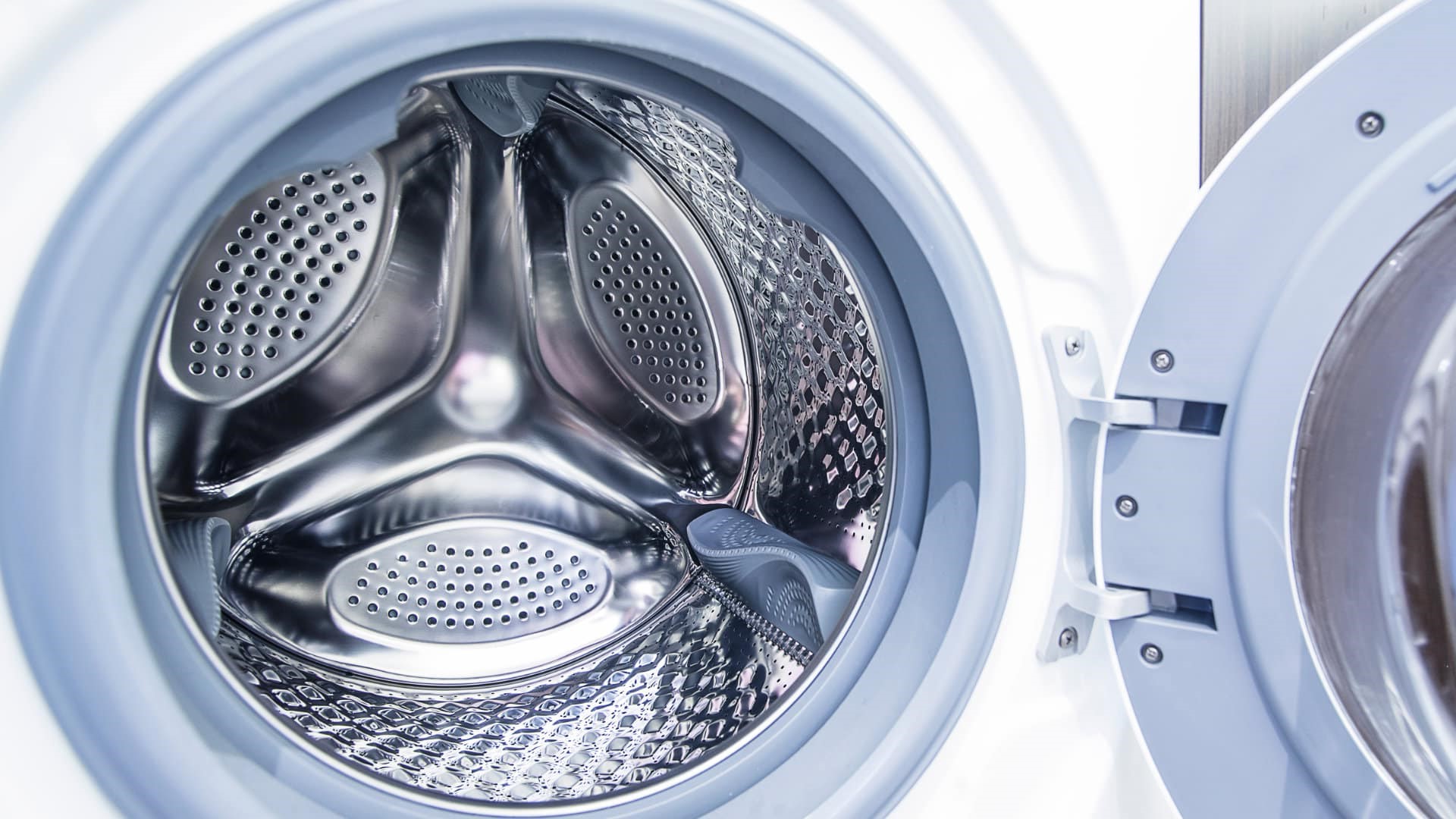
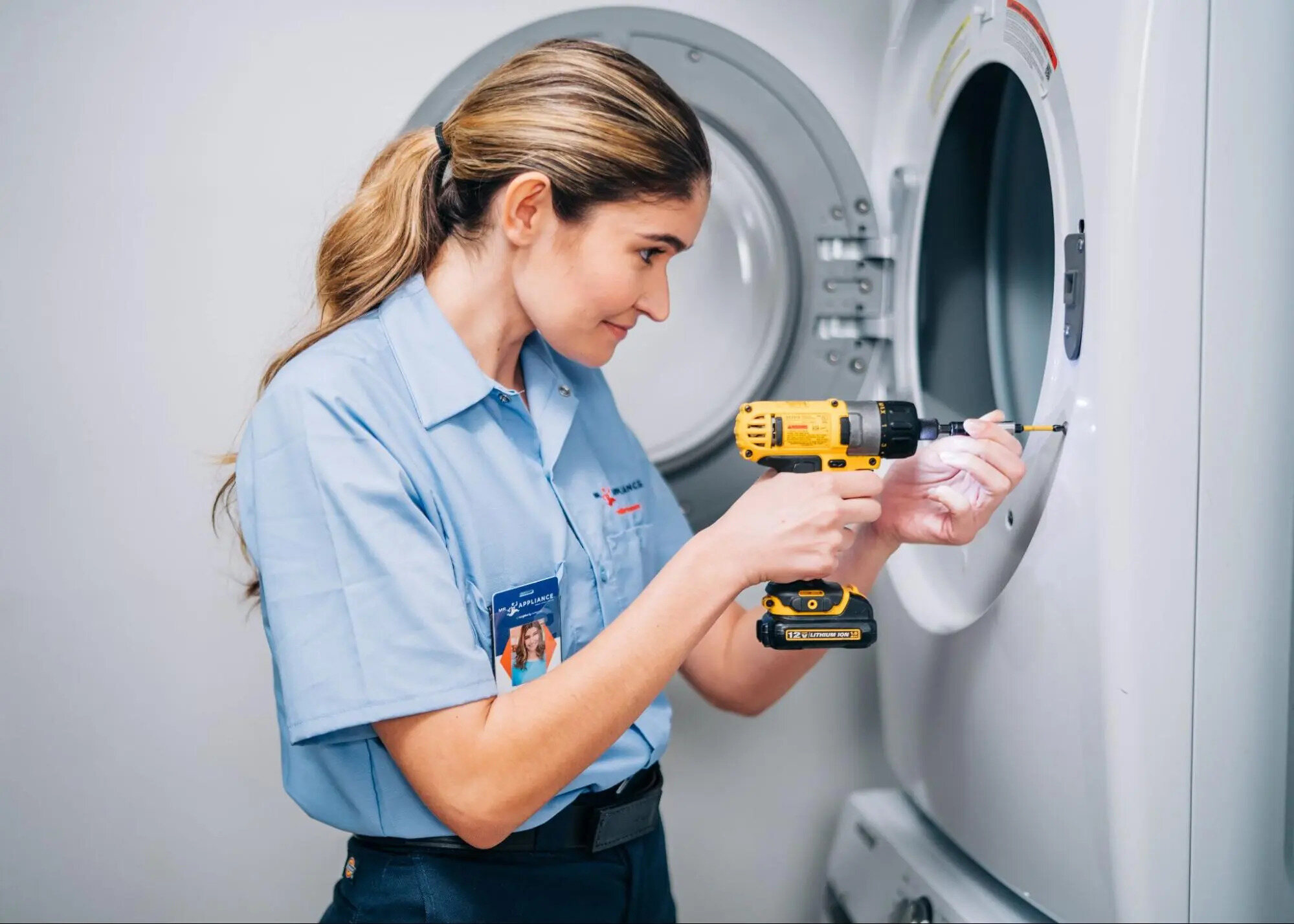

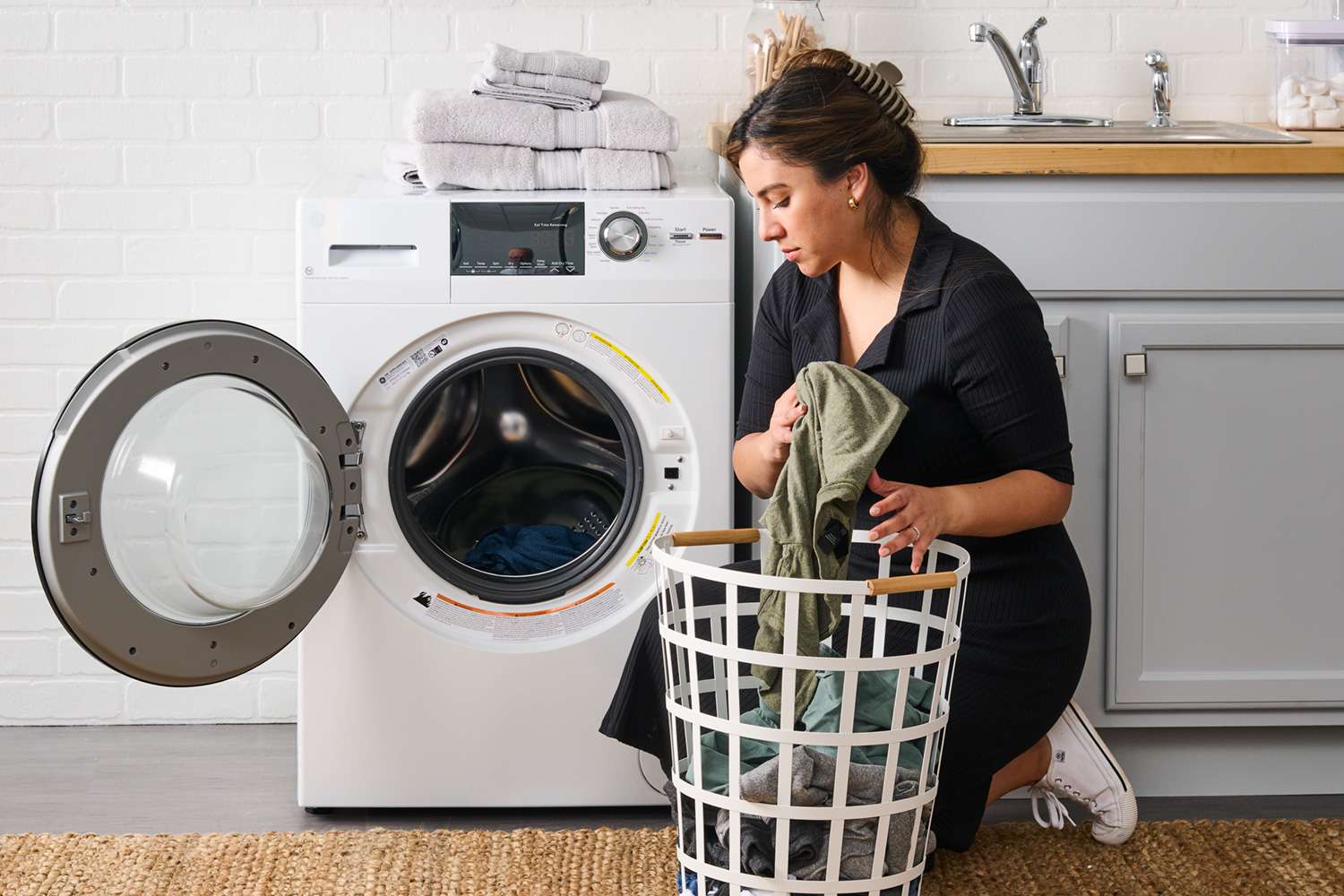
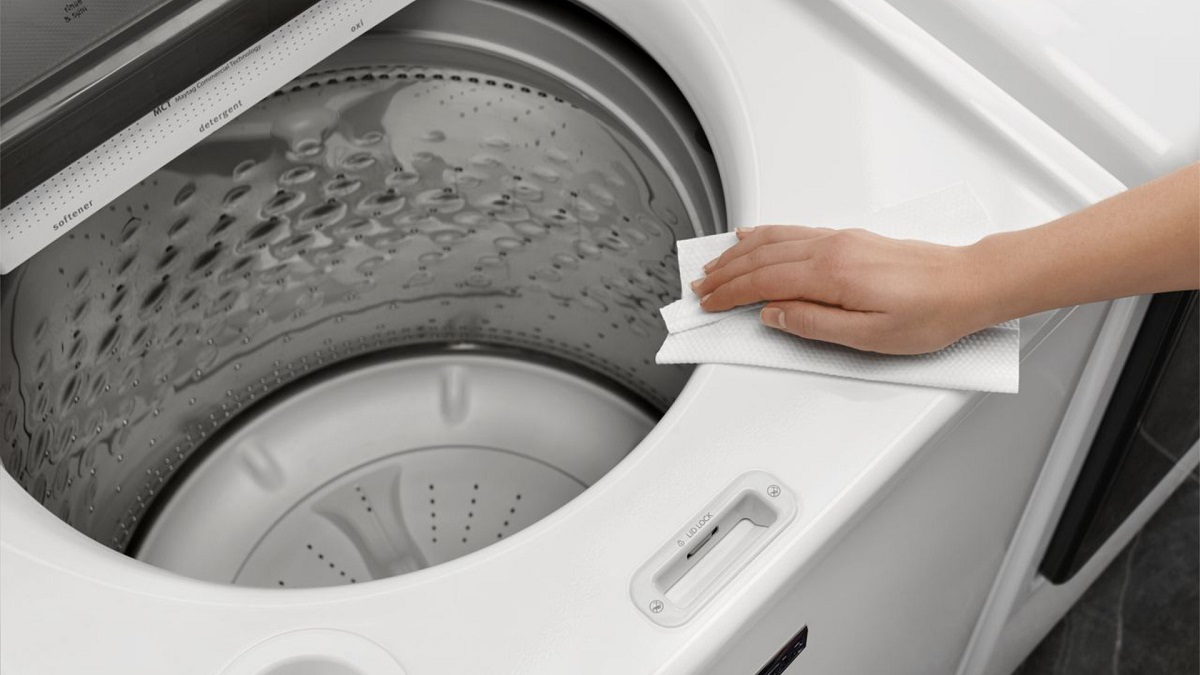



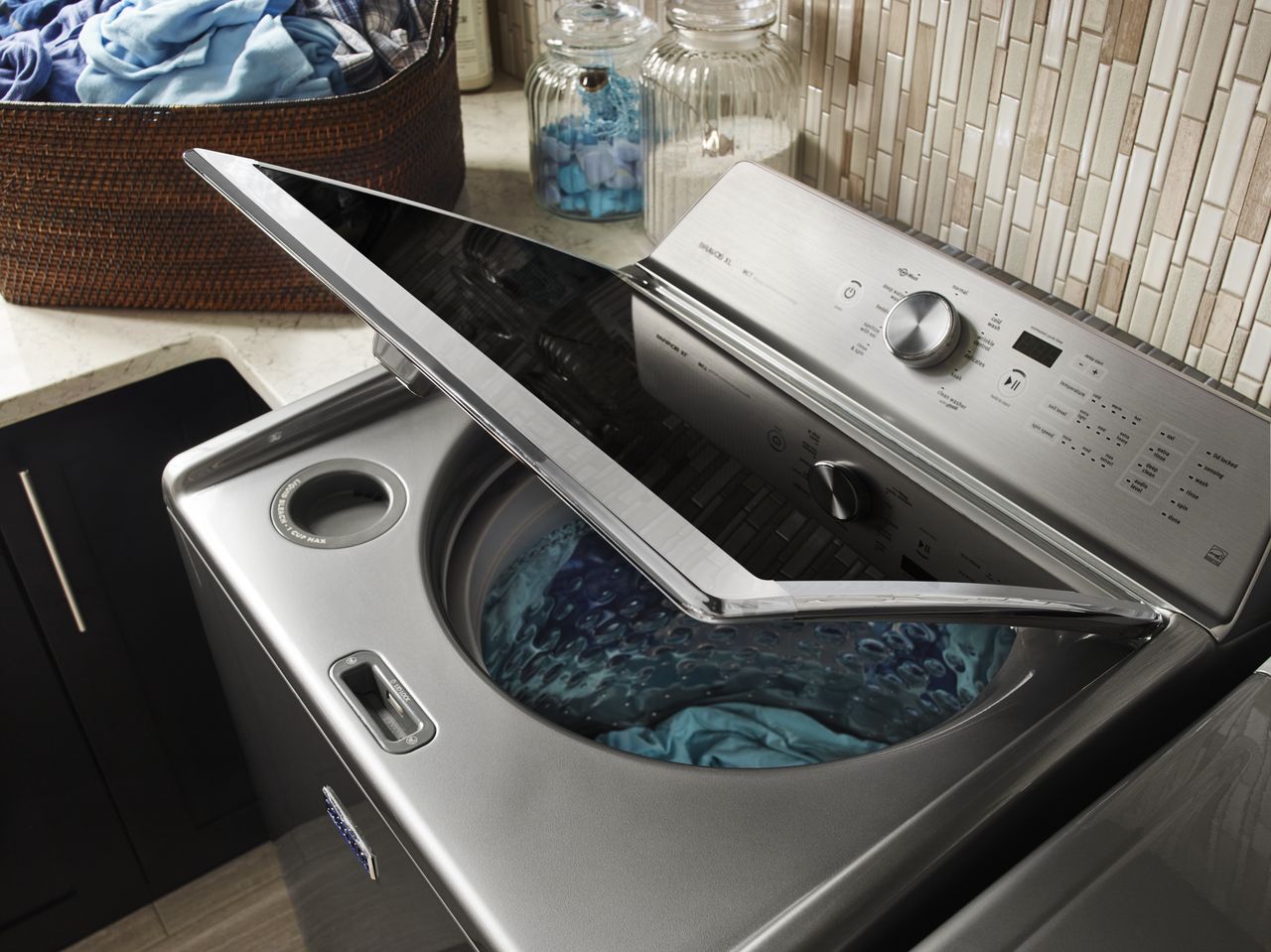

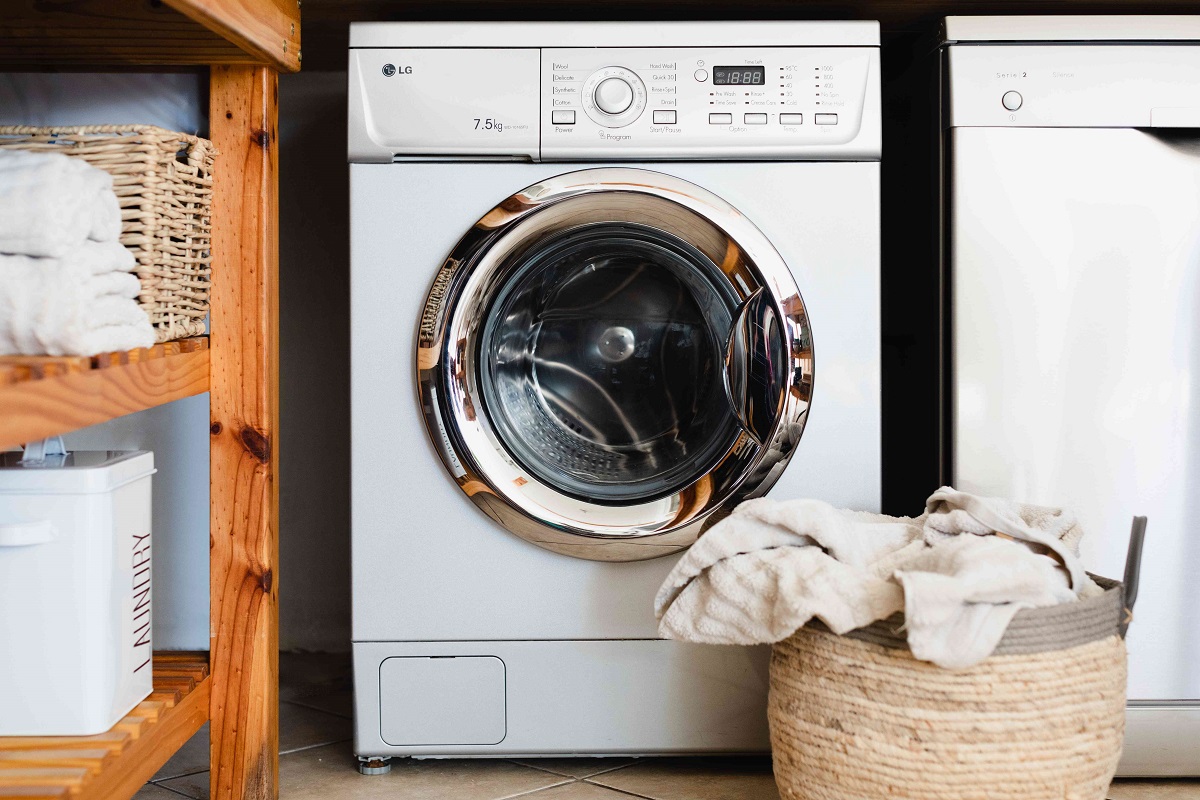

0 thoughts on “How Do I Balance My Washing Machine”